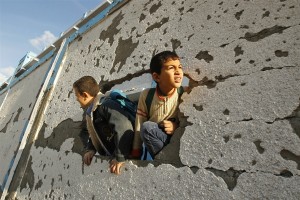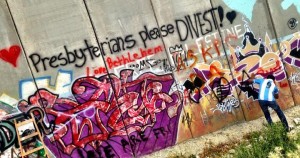I had just gotten off a call with the White House and several Universities in which they briefed us on the failure of the most recent peace negotiations between Israel and Palestine. The conversation quickly evolved to the violent outcomes that occur when leaders wield power for personal gain rather than steward it for the flourishing of others. Finally, the call found its primary objective: forming Millennial (ages 18-30) leaders.
To begin, the White House Corespondent offered this: “If we’re going to see peace realized, we need leaders who are willing to take political risks for the sake of peace….We need to bring the next generation of risk-taking leaders to the table.”
The conversation that unfolded produced a list of desired traits, characteristics, and competencies of Millennial leaders. We imagined the kinds of risks that would need to be taken and decisions that would need to be made by next generation leaders that would usher in a mutually beneficial tomorrow. As the call came to a close, we found ourselves on the front end of a riveting conversation focused on the question: “How can we best accompany Millennials as they seek to become leaders who steward power well and who take great risks for the flourishing of others?”
With this conversation fresh on my mind, I found myself on an in-home dinner date with my vivacious and compassionate six-year-old daughter. I had prepared one of our favorite meals: Chicken Tikka Masala with basmati rice and garlic naan. As we enjoyed our food, Ava got curious: “Daddy. Did Indians make this food?”
Wanting her to understand the difference, I asked, “Now, do you mean Indians from India or do you mean Native Americans?”
“What’s the difference?” she inquired, ever ready to learn something new.
I got the iPad and we did a Google image search. First we looked at images of Native American children and then of Indian children. We discussed the similarities between them as well as the differences. Next we listened to Native American music followed by Indian music and had a similar conversation. Finally, we found both India and North America on Google Earth and had a conversation about home.
Our chat seemed to be coming to a close with a shared conclusion that Indians (not Native Americans) had helped us make our dinner, so I got her a cookie and small cup of milk and began to wash the dishes.
Suddenly, I heard Ava whisper, “Daddy! What’s this?!”
I walked back to the table to find that she had continued to look at images of Indian children and had stopped on a picture of a starving Indian baby. As I began to explain hunger to her, I realized that, while she had encountered hunger and poverty in her short life, this was the moment she was being undone by it. I shared with her that one of the reasons hunger happens is because people who have enough aren’t very good at sharing it with people who don’t have enough. I shared with her that the world needs more people who are courageous enough to give away things like food and money and power so that babies don’t go hungry anymore.
Tears began to roll down her cheeks and, for the first time in her life, Ava put her cookie down, leaving it unfinished in her cup of milk.
Quietly, she got up from the table and got ready for bed. I tucked her in, prayed with her as she cried out a prayer for the hungry kids in our world, and prayed over her, that God would use this moment of healthy heartbreak to form her into a leader who courageously walks in the Way of Jesus for the flourishing of others.
And then, as I watched her fall asleep, I recalled my conversation with the White House earlier that day and was both inspired and convicted. It is true that we need to imagine compelling strategies to develop leaders. But the best strategy for forming the next generation into the types of people who take courageous risks for the sake of others’ flourishing involves meaningful conversation with our kids around our dinner tables.
Of the two conversations had that day, the latter overwhelmingly trumped the former.
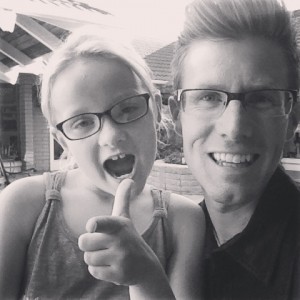
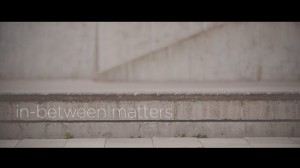
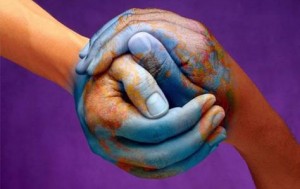
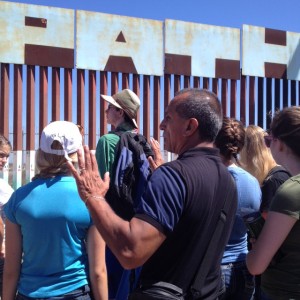 I have to do to be with God forever?”
I have to do to be with God forever?”